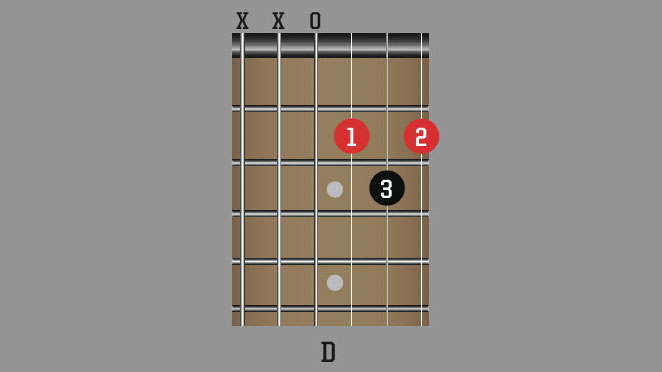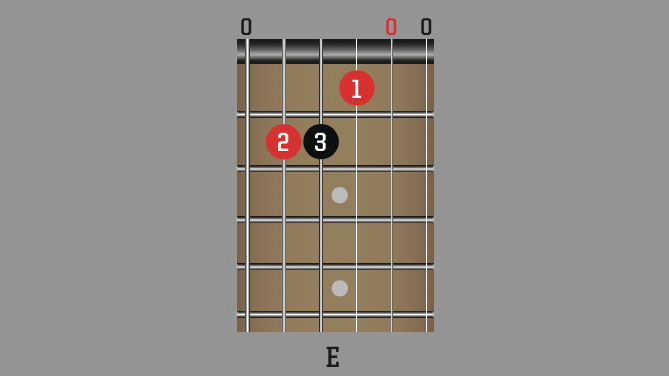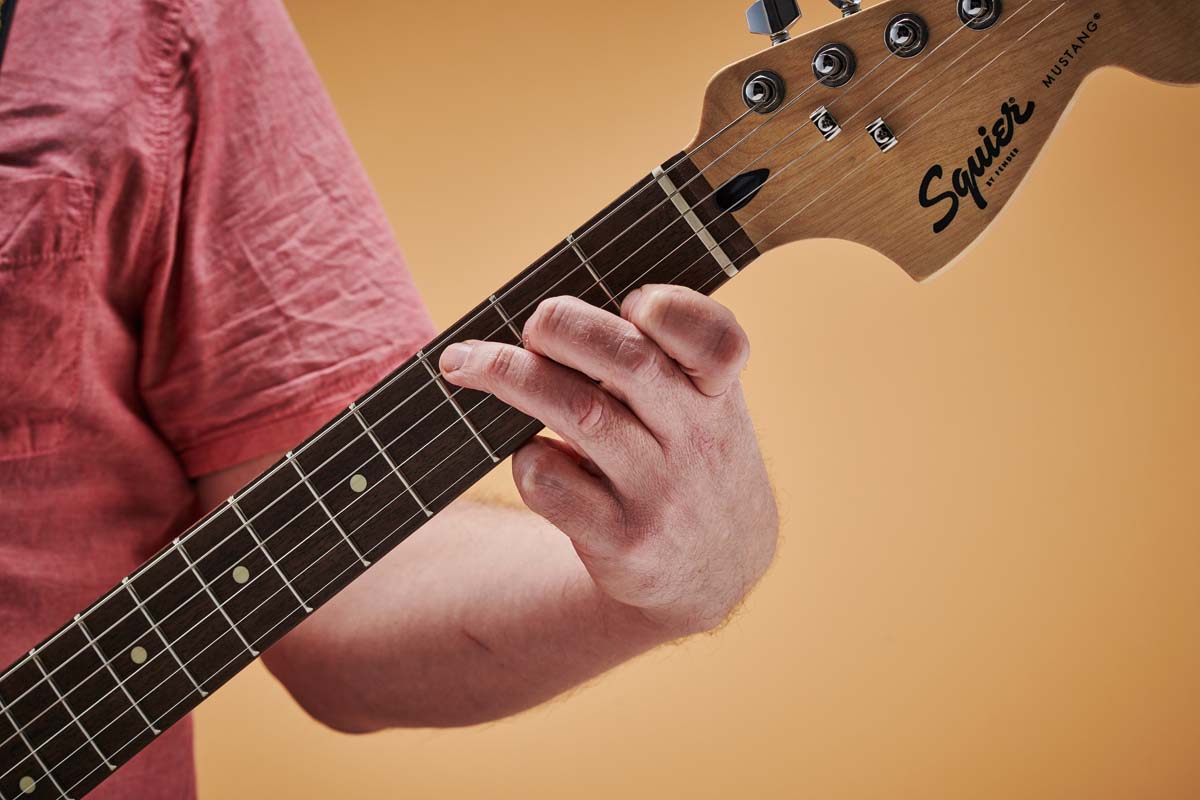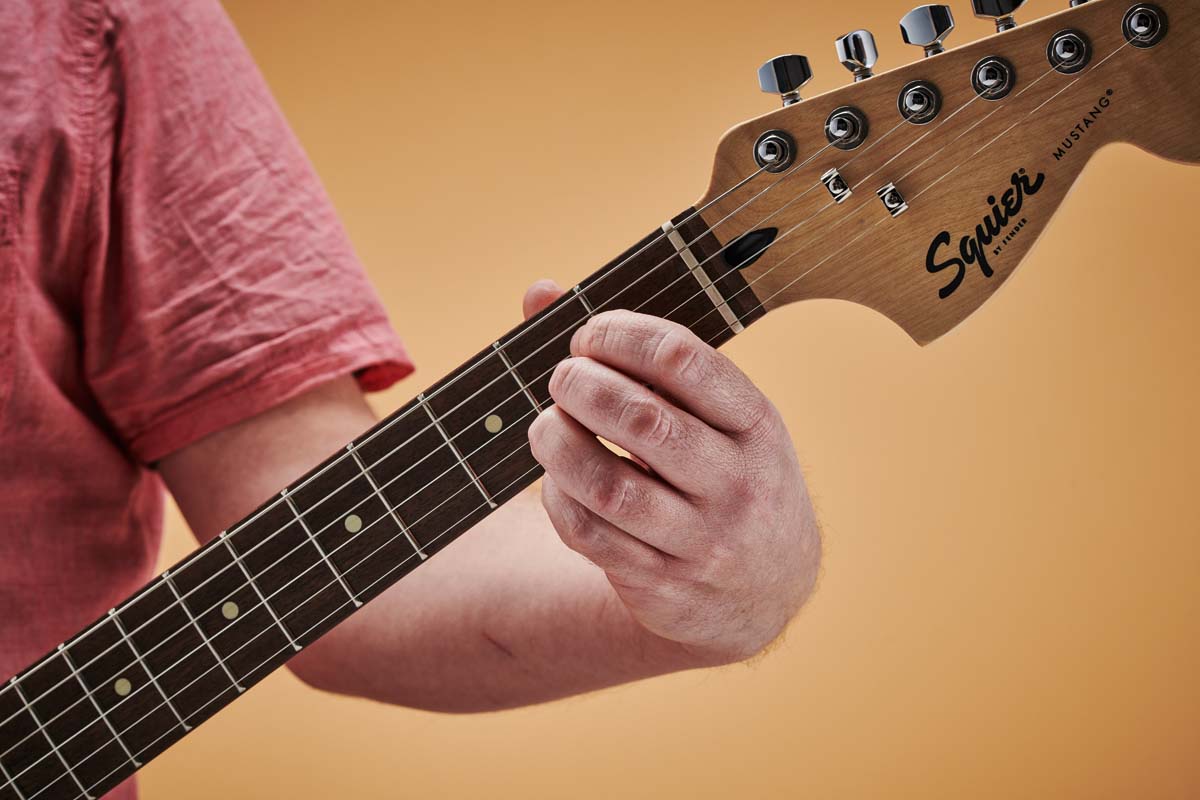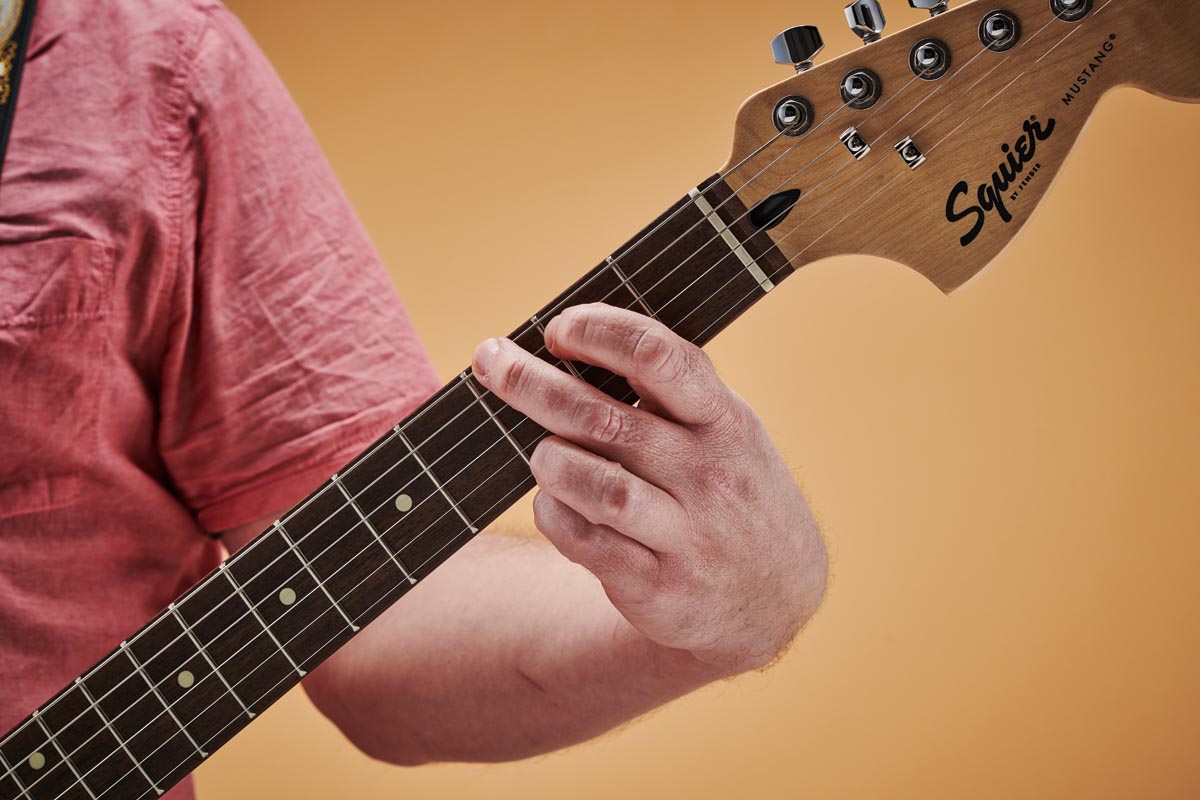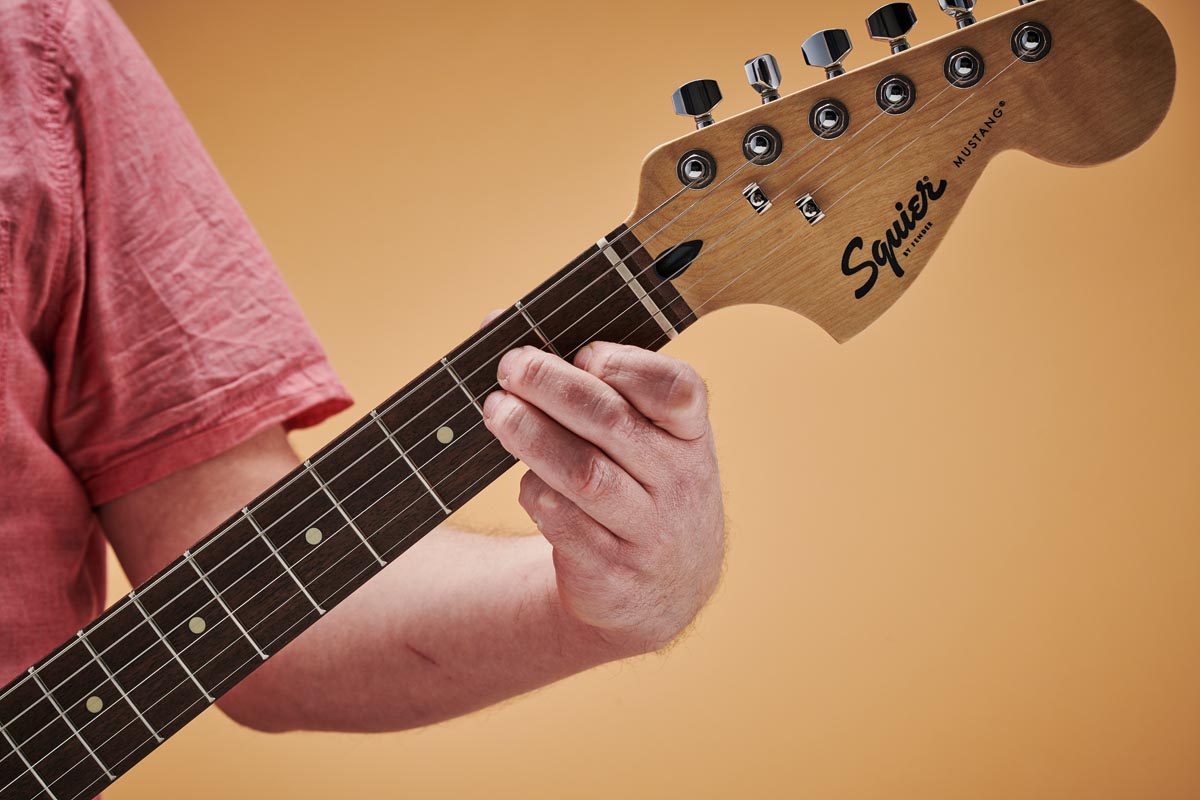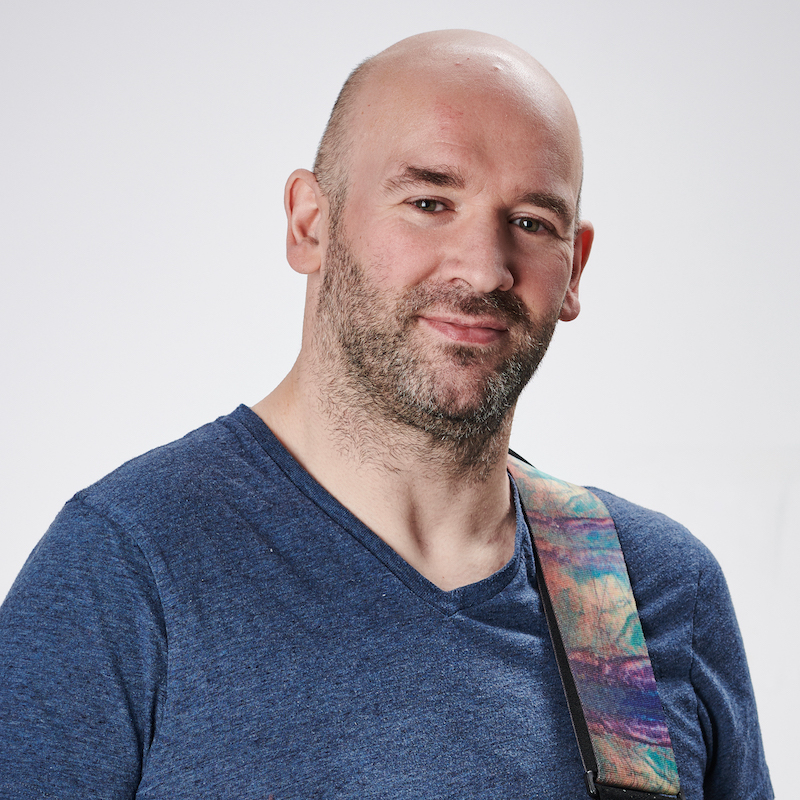How to play guitar chords: the first 8 chords you need to learn
In this beginner lesson, learn your first guitar chords and the building blocks of rhythm guitar

A chord is three or more notes (some scholars say two or more) played at the same time. That’s the technical description, but when it comes to learning guitar chords for beginners, all you need to know are that chords are our bread and butter, the core of all rhythm playing, and, in fact, the thing you’ll spend most of your time doing.
The most important thing to know when it comes to how to play guitar chords is that you’ll have to fret several notes at once – then these shapes can be used to play literally thousands of songs, including a host of easy guitar songs for beginners.
Here, we’ll take you through how to play all the essential guitar chords for beginners, including 'open chords' (so-called because they use the guitar's open strings) in both major and minor shapes.
D chord
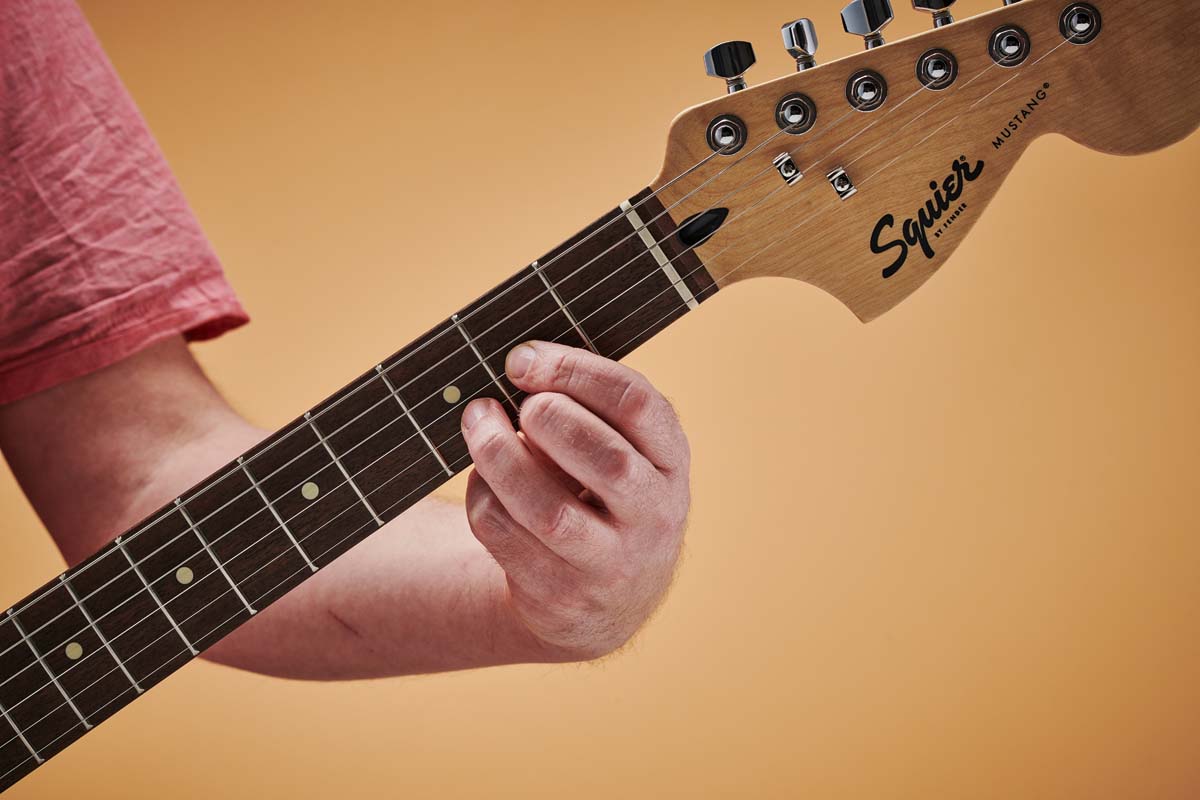
This is how your fingers should be arranged for the D chord. Your first job is to try to make sure every fretted string rings clearly. Be careful not to push or pull the strings to one side as you fret the notes, or they’ll sound out of tune.
Strum downwards to play the three fretted notes and the open fourth string. Remember, ‘X’ means the string should be silent.
Fret boxes are diagrams of the guitar neck with dots telling you where to put your fingers for a given chord. The numbers tell you which finger to use (1=index, 2=middle, 3=ring, 4=pinky). Strings marked with an ‘X’ at the top should stay silent. Listen to the audio track to hear how this D chord should sound.
E chord
Here’s a new chord, this time E. The dots tell you to use your first, second and third fingers. Hopefully you can work out which strings and frets to place your fingers on. There are no ‘X’s, so strum all six strings.
All the latest guitar news, interviews, lessons, reviews, deals and more, direct to your inbox!
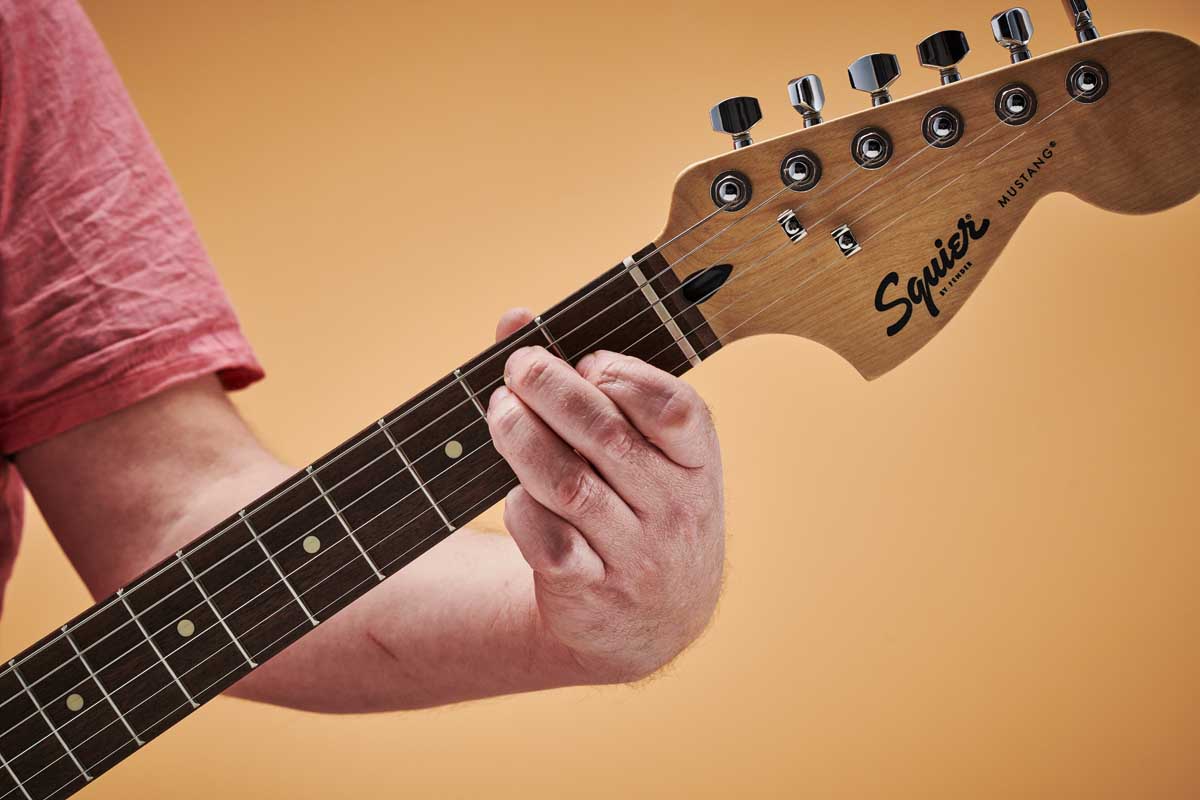
Keep your thumb opposite your fingers. This position gives you maximum squeezing power and ensures your fingers reach the spot without muting out the open strings. If your thumb goes out of position, you’ll have to squeeze harder and harder to keep the strings pressed down.
C chord
This three-finger C chord is a bit of a stretch, so don’t worry if it takes a while to master it.
Troubleshoot: Getting your fingers closer to the frets is better than squeezing harder.
A chord
Some guitarists prefer to use their second, third and fourth fingers for this A chord. Either method is fine.
Troubleshoot: Squeeze three fingers into one fret space. You’ll have to break the ‘stay close to the fret’ rule to fit.
G chord
If you’ve tried this shape and wondered if we’ve made a mistake, don’t worry. G is the toughest chord of all for beginners.
Troubleshoot: Fret the first string and strum only the four thinnest strings for ease.
- 10 of the best guitars for kids: electric and acoustic options for small hands
- The best acoustic guitars for beginners: easy strummers for new players
- Plug in and play with the best beginner electric guitars
- Take your first steps with the best beginner guitar amps
- Beginner guitar gear essentials and guitar accessories
A minor chord
‘Minor’ refers to the dark, moody sound, and A minor (Am for short) has only one different note to a standard A chord. See if you can spot it.
Troubleshoot: The main problem here is angling your fingers too much and muting the first string. Stay on your fingertips.
D minor chord

Just like A minor, the mournful sounding D minor has only one different note to D. Chords named with just a letter (C, A, D etc) are known as major chords.
Troubleshoot: Aim to spread all three fingers out so they’re as close to the frets as they can be.
E minor chord
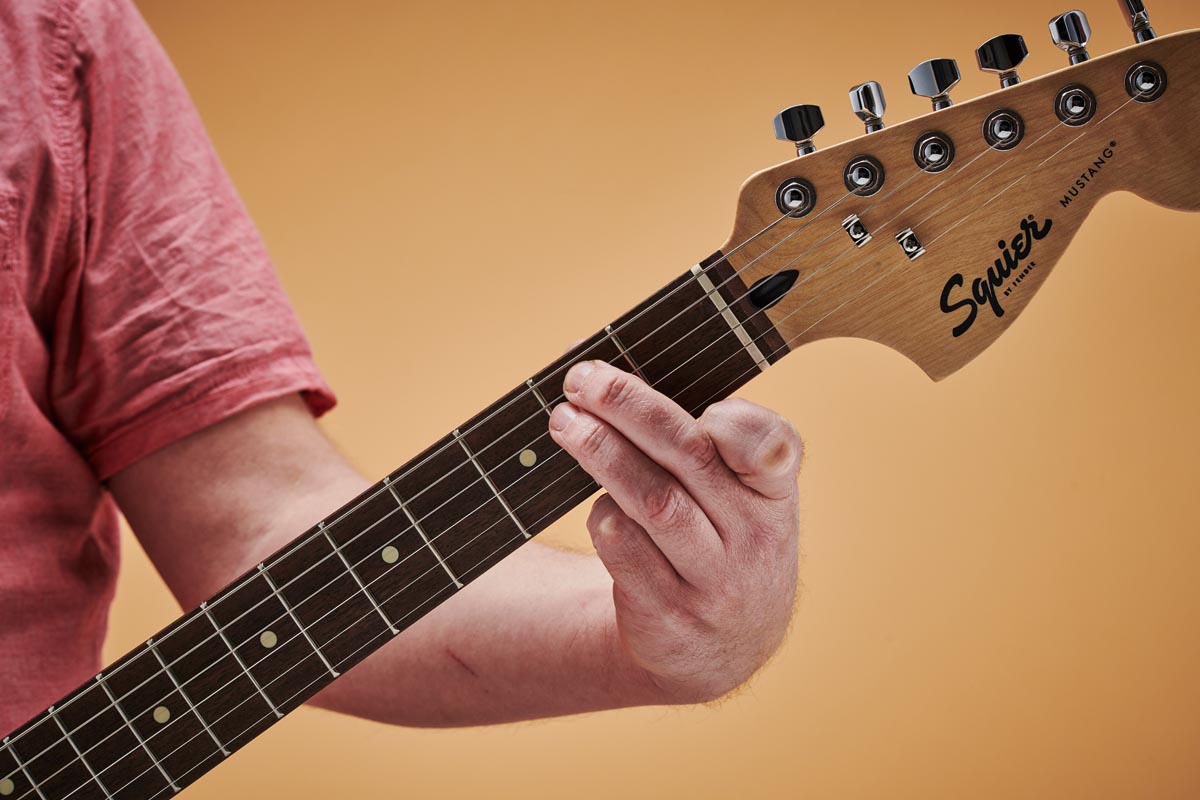
This is one of the easiest guitar chords. Try playing it with any pair of fingers, e.g., first and second, second and third, or third and fourth.
Troubleshoot: Once again, make sure you fret right on your fingertips or you risk accidentally muting out the open strings.
Chris was Editor of Total Guitar magazine from 2020 until its closure in 2024, when he became Lesson Editor for Guitar World, MusicRadar and Guitar Player. Prior to taking over as Editor, he helmed Total Guitar's world-class tab and tuition section for 12 years, helping thousands of guitarists learn how to play the instrument. A former guitar teacher, Chris trained at the Academy of Contemporary Music (ACM) in Guildford, UK, and held a degree in Philosophy & Popular Music. During his career, Chris interviewed guitar legends including Brian May and Jimmy Page, while championing new artists such as Yungblud and Nova Twins. Chris was diagnosed with Stage 4 cancer in April 2024 and died in May 2025.
